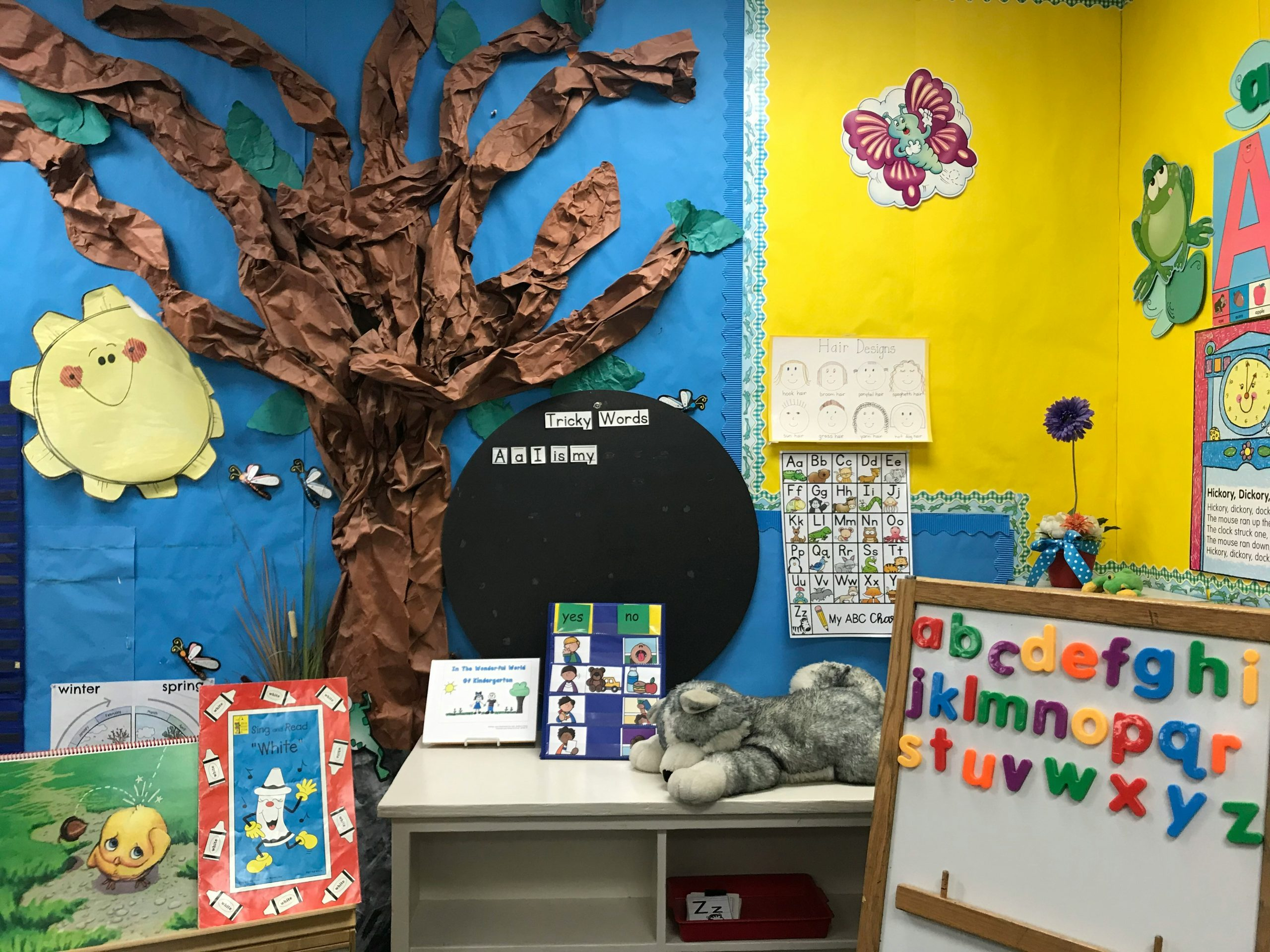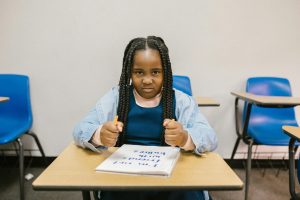Supporting Students with Learning Differences
Students with learning differences have unique needs and challenges that require specialized support in the classroom. As educators, it is our responsibility to ensure that all students, regardless of their learning differences, have equal access to educational opportunities and are able to reach their full potential. In this article, we will explore effective strategies and practices to support students with learning differences and create an inclusive learning environment for all.
Understanding Learning Differences
Learning differences refer to variations in the way individuals acquire and process information. These differences can be attributed to various factors such as genetics, brain development, and environmental factors. Common types of learning differences include dyslexia, dysgraphia, dyscalculia, ADHD, and autism spectrum disorder.
Recognizing the Signs
It is important for educators to recognize the signs of learning differences in order to provide appropriate support and accommodations. Some common signs include difficulty with reading, writing, math, attention, organization, and social interactions. However, it is also important to remember that each student may exhibit unique variations and combinations of challenges.
Building an Inclusive Learning Environment
The first step in supporting students with learning differences is to create an inclusive learning environment that values and celebrates diversity. This can be achieved through the following strategies:
1. Universal Design for Learning (UDL)
UDL is a framework that promotes flexible learning environments and accessible instructional materials for all students. By providing multiple means of representation, engagement, and expression, UDL allows students with learning differences to access and participate in the curriculum alongside their peers.
2. Differentiated Instruction
Differentiated instruction involves tailoring instruction to individual students’ needs and abilities. This can include providing alternative learning materials, adapting assignment formats, and offering alternative methods of assessment. By differentiating instruction, students with learning differences are able to learn and demonstrate their knowledge in ways that are meaningful and accessible to them.
Effective Support Strategies
In addition to creating an inclusive learning environment, there are also specific strategies that can be used to support students with learning differences:
1. Multi-sensory Instruction
Students with learning differences often benefit from learning through multiple senses. This can include incorporating visual, auditory, and kinesthetic elements into instruction. For example, using pictures, diagrams, and videos can help students with dyslexia or dysgraphia better understand and remember information.
2. Assistive Technology
Assistive technology refers to devices or software that assist individuals with learning differences in their academic tasks. This can include speech-to-text software for students with dyslexia or graphic organizers for students with ADHD. By incorporating assistive technology into instruction, students with learning differences can improve their learning and increase their independence.
3. Collaborate with Parents and Specialists
Working together with parents and specialists can provide valuable insights and support for students with learning differences. Parents can offer information about their child’s strengths, needs, and preferences, while specialists such as speech therapists or occupational therapists can provide specialized interventions and strategies.
Conclusion
In conclusion, supporting students with learning differences requires a proactive and inclusive approach that involves creating an accessible learning environment, using effective strategies and accommodations, and collaborating with parents and specialists. By implementing these practices, we can ensure that all students, regardless of their learning differences, have the opportunity to reach their full potential and thrive academically and socially.











